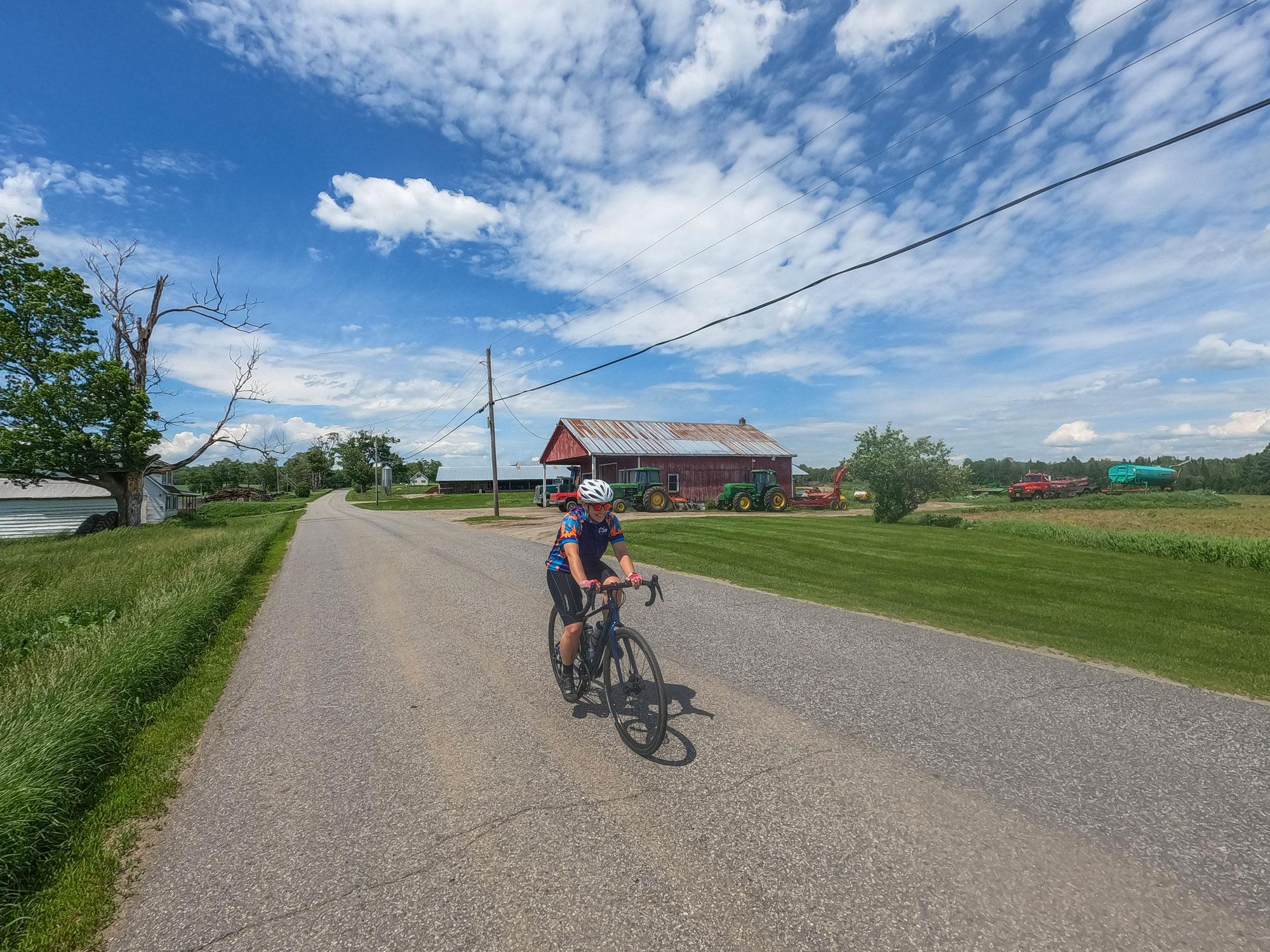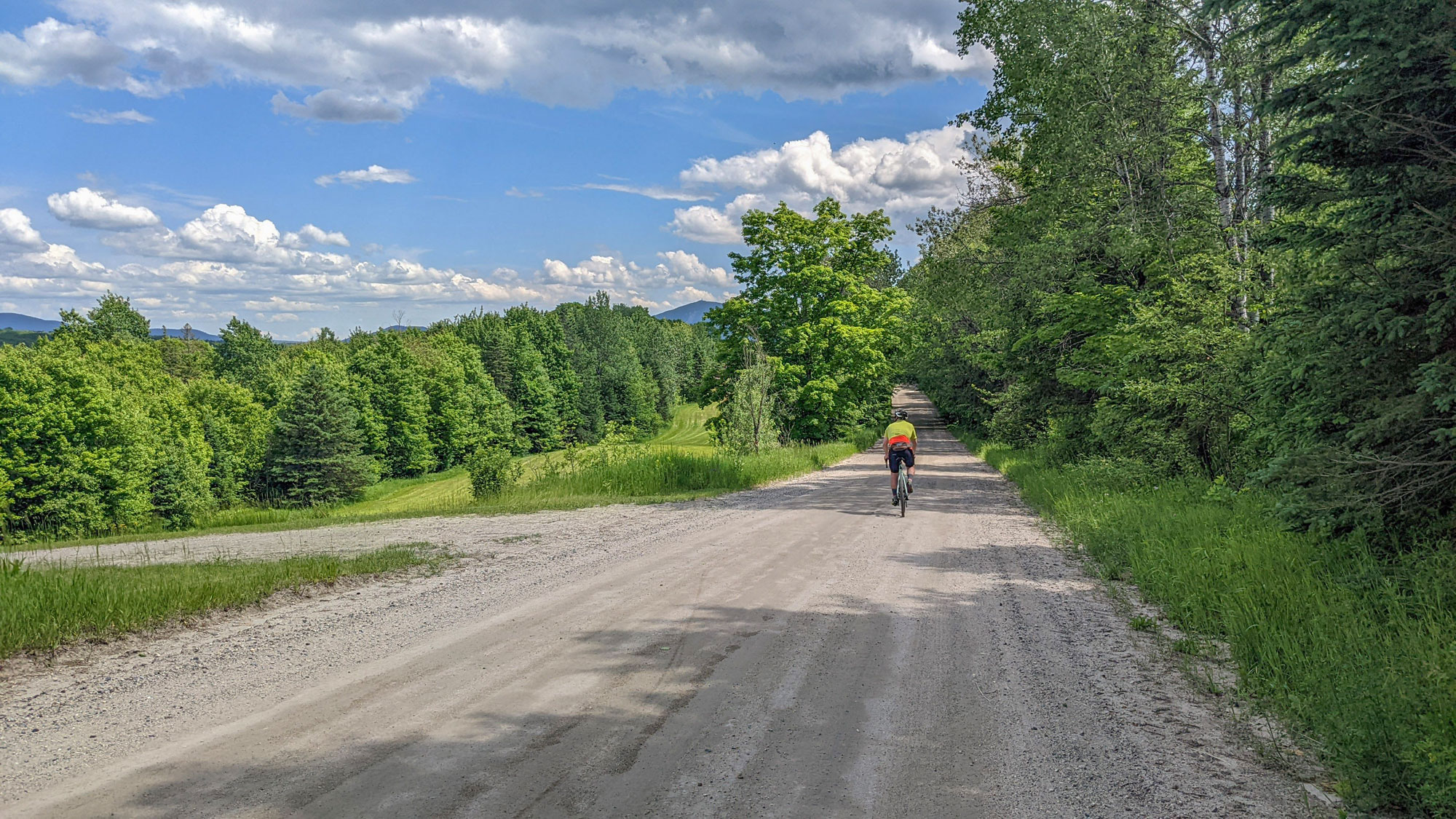Gravel biking is one of cycling’s fastest-growing disciplines. Whether you’re just hearing about this exciting segment of cycling or have been dirt road curious for some time, here are a few reasons why so many riders are hitting the dirt these days.
What is Gravel Grinding?
Gravel grinding—as this style of biking biking is often called—fills a wide chasm between the tackling of steep technical terrain on a mountain bike and hammering on smooth asphalt while road cycling. In its broadest terms, gravel biking is riding dirt roads on a drop-bar bike (i.e., a road-style bike with modified tires). However, many enthusiasts will counter that every bike is a gravel bike.

Seven Reasons to Go Grind Gravel
From improved equipment to shifting attitudes around cycling, there are a number of reasons why gravel grinding is rapidly growing in popularity.
1. Versatility
There’s a popular thought among cycling enthusiasts that the right number of bikes to own is “n+1”—that is the number of bikes you currently own, plus one. While a gravel bike will not fill the needs of every rider—you won’t see many of them at the bike park or on super-fast group rides—they do meet the needs of most cyclists.
Gravel bikes are enablers, allowing you to explore places where a mountain bike is impractical, slow, and heavy but a road bike just isn’t enough. They’re capable of handling singletrack, comfortable and fast enough for road rides, great for running errands around town, and generally feature a variety of mounts to accommodate touring and bikepacking accessories.
With subtle tweaks—particularly to tires and gearing—you can even finetune a gravel bike to the conditions you most commonly ride. For example, those spending a lot of time on the road will want smooth, skinny tires and favor narrower gearing while those getting into the rough stuff might opt for fat, knobby tires and wider gearing or even a 1x drivetrain (just one front chain ring instead of two).

2. Less Traffic
Riding a bike on the road often means riding alongside fast-moving traffic, distracted drivers, and occasional close calls with cars and trucks. The dirt roads that attract gravel grinders are generally a safer alternative to paved roads—they’re typically located in rural areas, receive minimal traffic, and the traffic they do get typically travels at slower speeds and requires more attentive driving.
3. Winter Ready
With the arrival of winter—hiding the trails underneath a layer of snow and covering the roads in slush and grime—many cyclists in New England turn to the trainer. However, gravel bikes are particularly adept at handling winter conditions thanks to their ability to run fat, knobby tires that are ideal for navigating snow- and salt-covered roads, disc brakes that offer an abundance of stopping power, and their readiness to accept a variety of mudguards and fenders.

4. Super Social
Whether you’re ripping narrow singletrack on your mountain bike or cruising down a busy street on your road bike, you’re often cycling in front of, or behind, your riding partners. The quieter dirt roads that gravel grinders gravitate toward often allow you to ride side by side, allowing for a more social riding experience.
5. Extra Adventurous
The versatile nature of gravel bikes encourages exploration and emboldens you to take the road less traveled—whether it’s the fire road crossing your favorite slice of singletrack or the busted-up old street that you’ve always avoided on your road bike. This kind of biking simply allows you to enjoy pedaling on a wide variety of surfaces, including dirt roads, fire roads, farm tracks, bike paths, trails in the woods, poorly surfaced streets, and proper pavement. Also, since a majority of the best gravel roads are found in areas not frequently traveled by cars, gravel riding pushes cyclists to explore new areas.
6. Improved Experience
Seeking out gravel roads normally means rides in rural areas, away from the annoyances of everyday life, and ultimately delivers a more enjoyable overall experience. Big views, clean air, and an abundance of wildlife are all hallmarks of great gravel rides. Get far enough off the grid and you might even outride cell service, allowing you to truly get away from it all.
7. More Comfortable
Gravel bikes offer a much more pleasant ride than road bikes without the power-sucking suspension found on many mountain bikes. Gravel bikes have a more upright geometry than road bikes (which makes them more comfortable on long rides) and are commonly equipped with flared bars that offer a more pleasant hand position and greater stability. Although most gravel bikes don’t feature suspension, the wider tires found on them are great for absorbing bumps, smoothing out the ride, and ultimately allowing you to ride longer and farther.

In the end, the best reason to go gravel riding is that it’s fun. So whether you’re riding a dedicated gravel rig, a mountain bike with slicks, or a converted road bike, hit the dirt, explore some new terrain, and discover another way to have fun on two wheels.
Have a favorite gravel route? We want to hear about it. Give us the beta in the comments below!
Tim Peck and Doug Martland
Tim and Doug met long ago at the Eastern Mountain Sports in Canton, Massachusetts. Bonding over a love of slick Quincy Quarry granite, White Mountain sufferfests, and scheming up adventures while folding tee-shirts, today Tim and Doug collaborate to write about their favorite outdoor activities and occasionally get nostalgic about tee-shirt tables.




